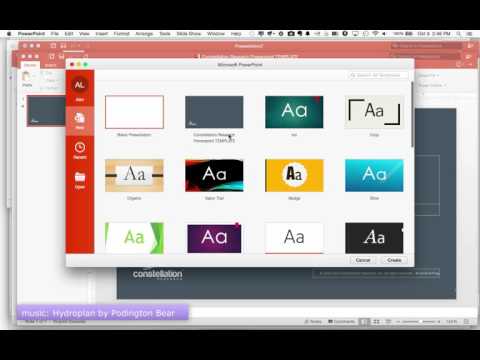

On the AutoCorrect Options window, select the AutoFormat As You Type tab (note there are two different tabs “AutoFormat” and “AutoFormat As You Type”). Under the AutoCorrect options click the Change how Word corrects and formats text as you type: “AutoCorrect Options…” button. You’ll find the setting if you click on the Office button inside of Word (top-left corner) and then go down to Word Options.įrom the window that pops up, click ‘Proofing’ on the left side. I’m not sure how it got switched off but it seems AutoFormat might prompt the setting to be changed at some point. You can change the list level directly by clicking the down arrow next to the ordered or unordered list buttons on the Home tab and going down to “Change list level” where you select the level you’d like it to be.īuried deep in the settings, there is an option that will allow the Tab key to work as expected. Instead, to my frustration, it just tabbed over 5 spaces in front of “B.”. I would then hit Tab and it should change the “B.” to “1.”. 404 Tech Support” I would hit enter and that gives me “B.”. This will create a new blank sheet after your existing sheets. Click the '+' button at the end of your sheet tabs. You'll be prompted to select a file when you launch Excel. The options are the same as assigning a macro to a button.After I finished typing “A. Start up Excel from the Start menu (Windows) or the Applications folder (Mac) and open the workbook you want to add tabs to.

Select the shape you want from the Shape dropdown, draw it onto your worksheet as you would a button control, then right-click it and select “Assign Macro…” from the pop-up dialog. Excel includes a wide variety of customizable Shapes including polygons, arrows, banners, and more that may be better suited to your worksheet than a regular button control. With a Picture or Shape, you can make a button that looks any way you like. This is unchecked by default, but can be toggled on if desired.īesides buttons, macros can assigned to other objects like Pictures, Textboxes, and Shapes.

To format other button properties, Right-Click > Format Control To add multiple lines, simple press the ENTER key. With the button selected, left-click on the button text to edit. Then you can left-click and drag the button to your desired location or resize it. To perform any of these actions, right-click on the button. To edit a macro before assigning it to the button, select the macro’s name in the list and click the “Edit” button (the “New” button text changes to “Edit”).Īfter you’ve placed a button, you can easily move or resize it. Edit an Existing Macro Before Assigning to a Button Click Add-Ins, and then in the Add-Ins box, check Solver.xlam and then click OK 3.
CHANGE TAB SIZE IN EXCEL 2011 MAC FOR MAC
To assign an existing Macro, you simply select the macro’s name in the list, then click OK. Open Excel for Mac 2011 and begin by clicking on the Tools menu 2. Here you can assign an existing Macro to the button, record a new macro, create a new macro from scratch using VBA, or click “Cancel” and return to your button later.

When you release left-click, a new dialog will appear titled “ Assign Macro”. Next, move the mouse anywhere over the worksheet surface, then hold left-click and drag the mouse to draw the outline of a rectangle. There are several types of controls divided into two sections, “Form Controls” and “ActiveX Controls”.įor now, just click on the Button control under “ Form Controls”. In Excel, select the Developer tab, then click on the “ Insert” dropdown in the Controls section. In the Options dialog select C ustomize Ribbon > Customize the Ribbon > Main Tabs and add a check-mark in the box for “Developer”, and click OK.Click File > Options in the list on the left-hand border.If you don’t see the Developer Ribbon, follow these steps: Unfortunately, Excel hides the Developer tab by default. Buttons are accessible via the Developer Tab.


 0 kommentar(er)
0 kommentar(er)
